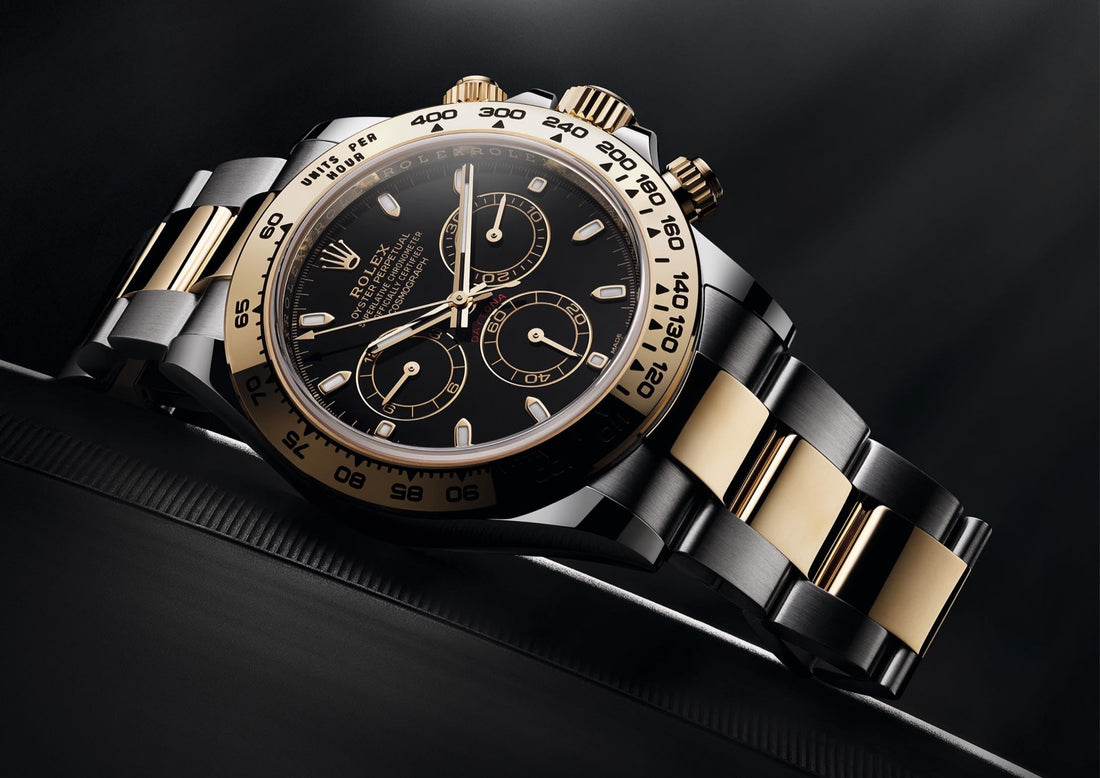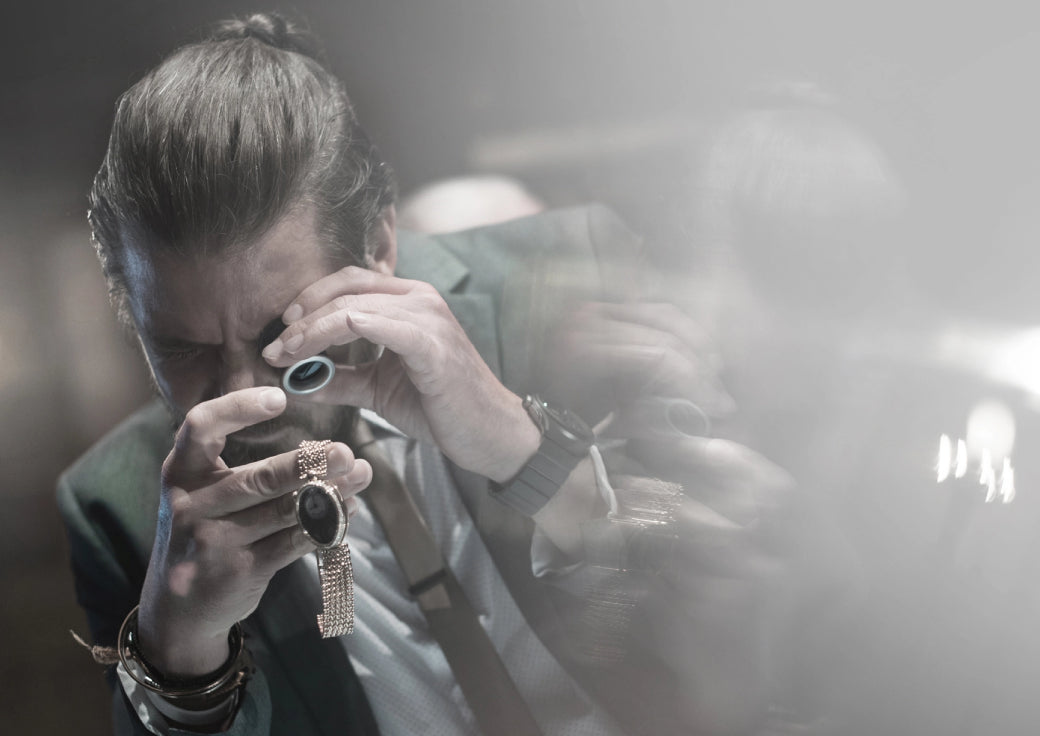Essential lingo for the next time you find yourself out among a group of watch enthusiasts
Not everyone is interested in watches, but for those who are it’s easy to become obsessive. Whether your interest is vintage dress watches, modern dive watches or handmade timepieces from exclusive microbrands, there’s virtually no limit to how deep the rabbit hole goes. For the rest of us, keeping up with the conversation can require a little translation. Here are five topics that come up in any conversation about watches.
Movements
The movement is the engine of the watch, and much like car engines they are extremely complicated and can consist of hundreds of tiny parts. There are three main kinds of watch movements you’ll find, each of which has its own unique appeal (for more on this, check out our article on watch movements). The most popular kind of movements these days are self-winding Automatic movements (so-called, because they wind automatically using your body’s kinetic motion). Next are “mechanical” or “manual-wind” movements which require regular winding via the crown. The final category is Quartz, which are battery-powered movements usually found in entry-level watches. Watch aficionados sometimes look down on quartz movements, but they are actually the most accurate of the three.
Case size
The source of much debate in the watch world, case size is the diameter of a watch (usually measured from lug to lug), a characteristic that affects how it looks and how it wears. Vintage (or vintage-inspired) watches tend to be smaller, with most pre-1970s examples coming in around 36mm, while most modern watches are larger, ranging anywhere from 38mm to 45mm and up. While large watch cases have been popular for decades, many purists prefer smaller ones, believing these to be more authentic and aesthetically pure designs.
Finishing
There are a few things that separate your basic mass-produced watch from one worth tens (or hundreds) of thousands of dollars, and finishing is one of the most important. This is a blanket term for the time-honoured crafts of hand-polishing, hand-engraving, and otherwise painstakingly decorating a watch movement.
Brand Rivalries
Like the world of sports, the watch world is full of rivalries. You can spend a long time reading about the histories of major brands and what makes each of them unique, but – as with sports teams – who you like usually just comes down to your individual taste. Ultimately, however, you don’t have to choose a team, and there are good reasons to appreciate every brand on its own merits.
Complications
A complication is anything on a watch other than hours, minutes, and seconds, and this is another thing that separates top-tier watches from the rest. Complications like date windows and chronograph counters are fairly commonplace, while perpetual calendars (watches that can display the correct day, date, month, and year for a century or more without requiring adjustment) and minute-repeaters (which “sound” the time using tiny mechanical gongs) are among the most elite.
Featured watch ROLEX COSMOGRAPH DAYTONA M116503-0004
Read more articles from Jeremy Freed







